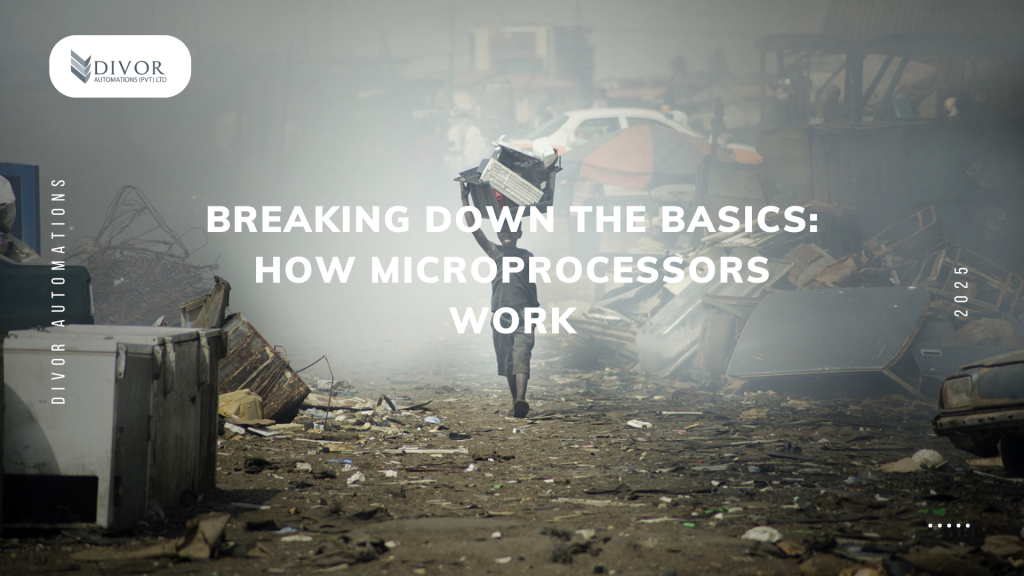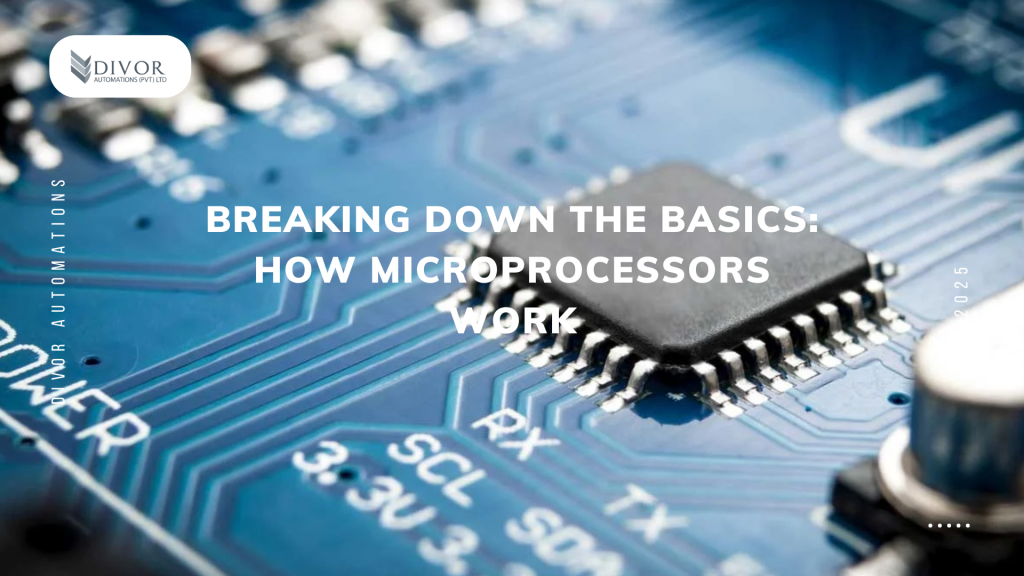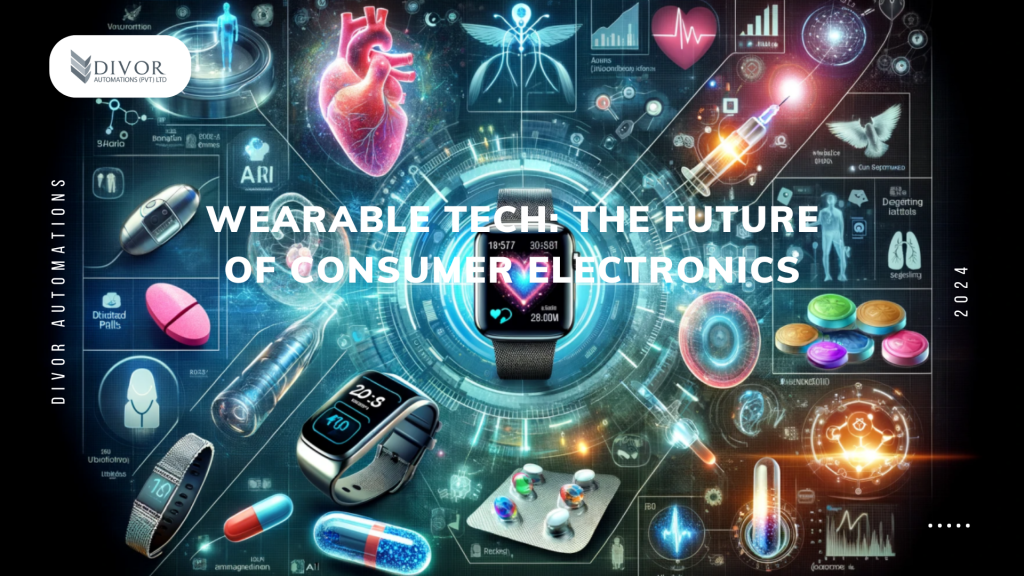Semiconductors are the foundation of modern technology, enabling everything from smartphones and laptops to electric vehicles and advanced medical devices. These remarkable materials, which fall between conductors and insulators in their ability to carry electrical current, have transformed the way we live, work, and connect. Today, semiconductors are not just components—they are the driving force behind the tech revolution.
What Are Semiconductors?
Semiconductors are materials, like silicon and gallium arsenide, whose electrical properties can be controlled by introducing impurities (a process called doping). Their unique ability to switch and amplify electrical signals makes them indispensable in modern electronics.
Core Components of Semiconductor Devices:
- Transistors: The building blocks of digital circuits, used in amplification and switching.
- Diodes: Devices that allow current to flow in only one direction.
- Integrated Circuits (ICs): Collections of thousands or millions of transistors on a single chip, enabling compact and powerful devices.
How Semiconductors Are Driving the Tech Revolution
1. Miniaturization of Technology
The relentless scaling down of semiconductor components has made devices smaller, faster, and more efficient. Advances in lithography techniques now allow manufacturers to produce transistors at the nanometer scale.
- Impact: Smartphones, which are essentially supercomputers in your pocket, owe their existence to semiconductors.
- Future: Research into 2D materials like graphene could further push miniaturization beyond silicon’s limits.
2. Powering Artificial Intelligence (AI)
AI requires immense computational power, which is delivered by semiconductor-based processors like GPUs (Graphics Processing Units) and specialized AI accelerators.
- NVIDIA GPUs are at the heart of AI applications, from self-driving cars to voice assistants.
- Custom AI Chips like Google’s Tensor Processing Unit (TPU) and Apple’s Neural Engine are accelerating deep learning and machine learning processes.
3. Enabling the Internet of Things (IoT)
The IoT relies on billions of interconnected devices that collect and share data. Semiconductors power the sensors, processors, and wireless communication modules that make IoT possible.
- Examples: Smart thermostats, wearable fitness trackers, and industrial automation systems.
- Future Trends: Energy-efficient chips are being developed to sustain the massive scale of IoT without overwhelming power resources.
4. Revolutionizing Healthcare
Semiconductors are driving innovations in medical devices, diagnostics, and personalized medicine.
- Applications:
- Wearable health monitors like ECG trackers.
- Implantable devices such as pacemakers.
- AI-powered diagnostic tools analyzing medical images.
- Impact: These technologies are improving patient outcomes, reducing healthcare costs, and enabling early detection of diseases.
5. Driving Renewable Energy and Electric Vehicles (EVs)
Semiconductors play a critical role in power electronics, which manage and convert energy efficiently.
- Electric Vehicles: Power inverters and battery management systems are built on semiconductor technology.
- Renewable Energy: Solar panels and wind turbines use semiconductor devices to convert and distribute energy.
- Wide-Bandgap Semiconductors: Materials like silicon carbide (SiC) and gallium nitride (GaN) are enabling higher efficiency in energy applications.
6. Shaping Telecommunications and 5G
Semiconductors power the backbone of modern communication networks.
- 5G Technology: Advanced semiconductors allow faster data transmission, reduced latency, and seamless connectivity for smart cities and autonomous systems.
- Satellite Internet: Chips in satellite systems like Starlink bring connectivity to remote and underserved areas.
Semiconductor Manufacturing: A Complex Ecosystem
Producing semiconductors is one of the most complex manufacturing processes in the world.
- Fabrication: Chips are manufactured in highly controlled environments called fabs, using photolithography to etch intricate patterns on silicon wafers.
- Materials: Silicon remains the dominant material, but others like GaN and SiC are gaining importance for specific applications.
- Global Players: Companies like Intel, TSMC (Taiwan Semiconductor Manufacturing Company), and Samsung dominate the semiconductor market.
Challenges Facing the Semiconductor Industry
- Supply Chain Vulnerabilities
- The semiconductor industry relies on a highly specialized global supply chain. Disruptions, like those during the COVID-19 pandemic, highlight the need for localized manufacturing.
- Technological Limits
- As transistors approach the atomic scale, maintaining Moore’s Law is becoming increasingly difficult.
- Energy Consumption
- Advanced chips require significant energy to manufacture and operate, raising concerns about sustainability.
- Geopolitical Issues
- Tensions between major players like the U.S. and China impact the semiconductor trade and supply chain stability.
The Future of Semiconductors
- Beyond Silicon
- Materials like graphene, carbon nanotubes, and molybdenum disulfide promise to overcome silicon’s limitations, enabling faster and more efficient chips.
- Quantum Computing
- Semiconductor quantum dots are laying the groundwork for practical quantum computers, which could solve problems beyond the reach of classical computing.
- Chiplet Architectures
- Combining smaller, specialized chips (chiplets) into a single system could revolutionize chip design, enhancing performance and efficiency.
- Edge Computing
- Low-power semiconductor devices for edge computing will process data locally on IoT devices, reducing reliance on centralized cloud systems.
Conclusion
Semiconductors are not just powering the tech revolution—they are the revolution. As the demand for smarter, faster, and more efficient devices grows, semiconductors will remain at the heart of innovation. Their evolution continues to shape industries, improve lives, and redefine what’s possible in a connected world.
The semiconductor industry faces challenges, but its potential to drive future technologies like AI, quantum computing, and green energy solutions ensures its role as the cornerstone of technological progress.






